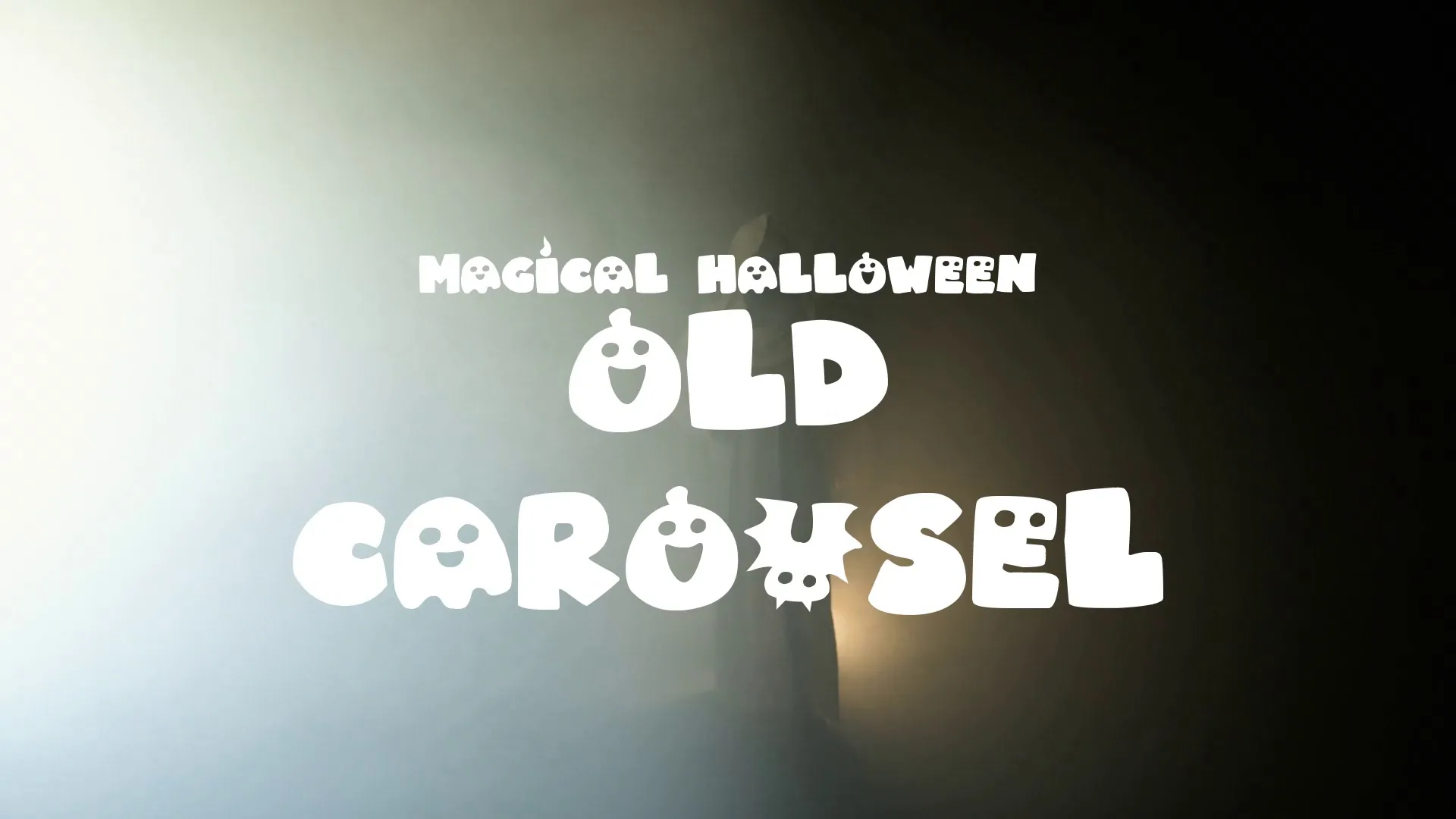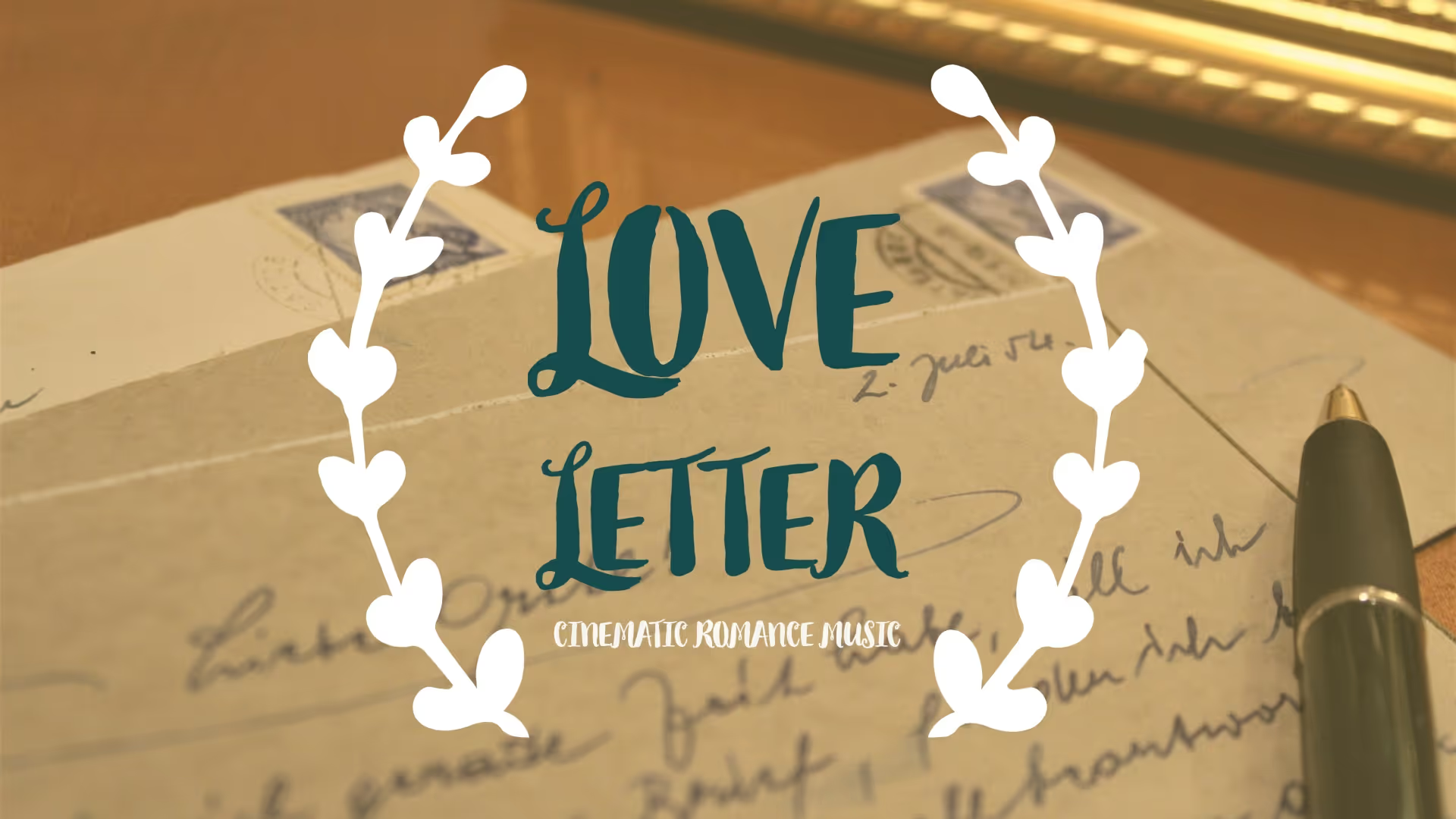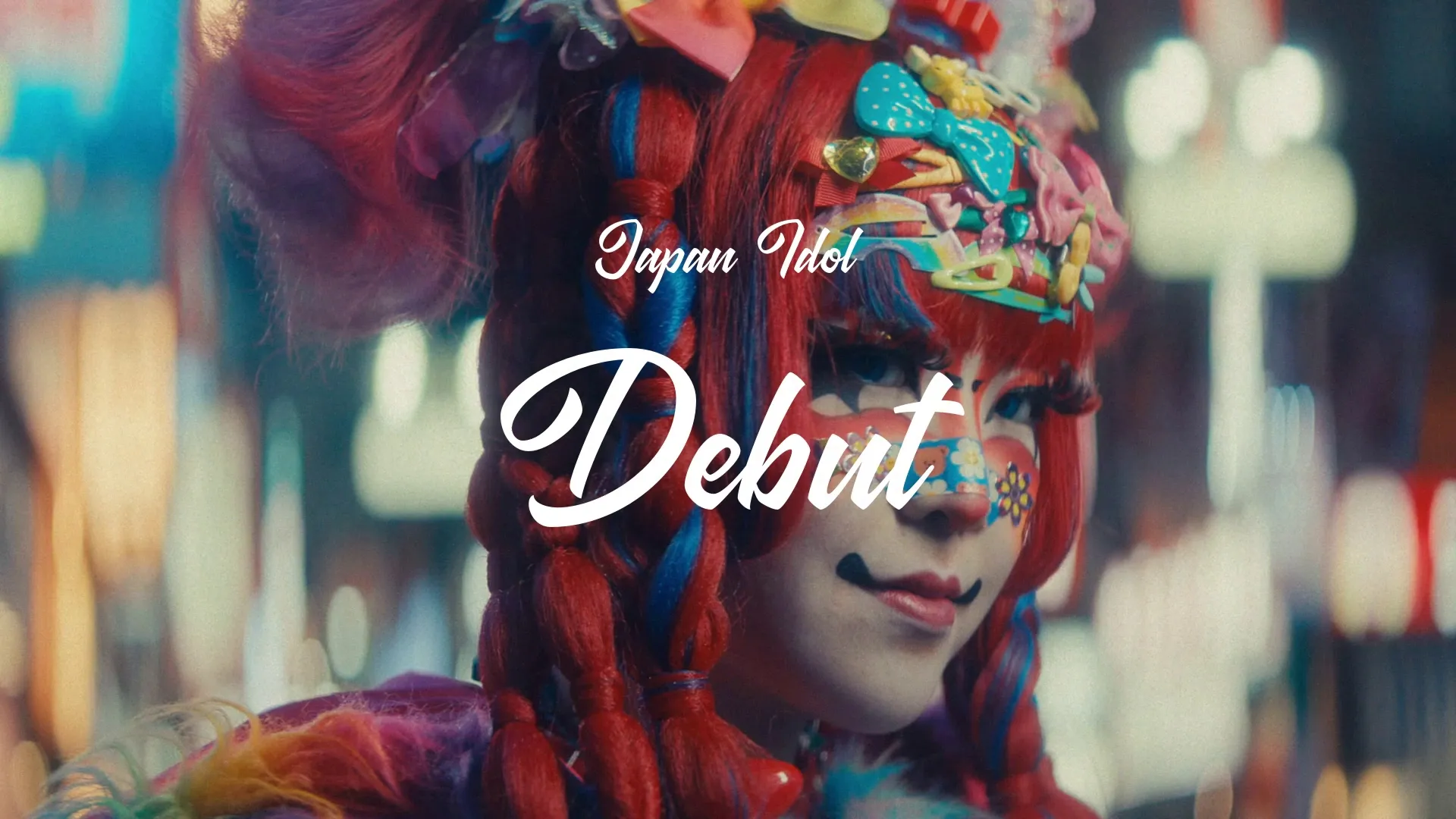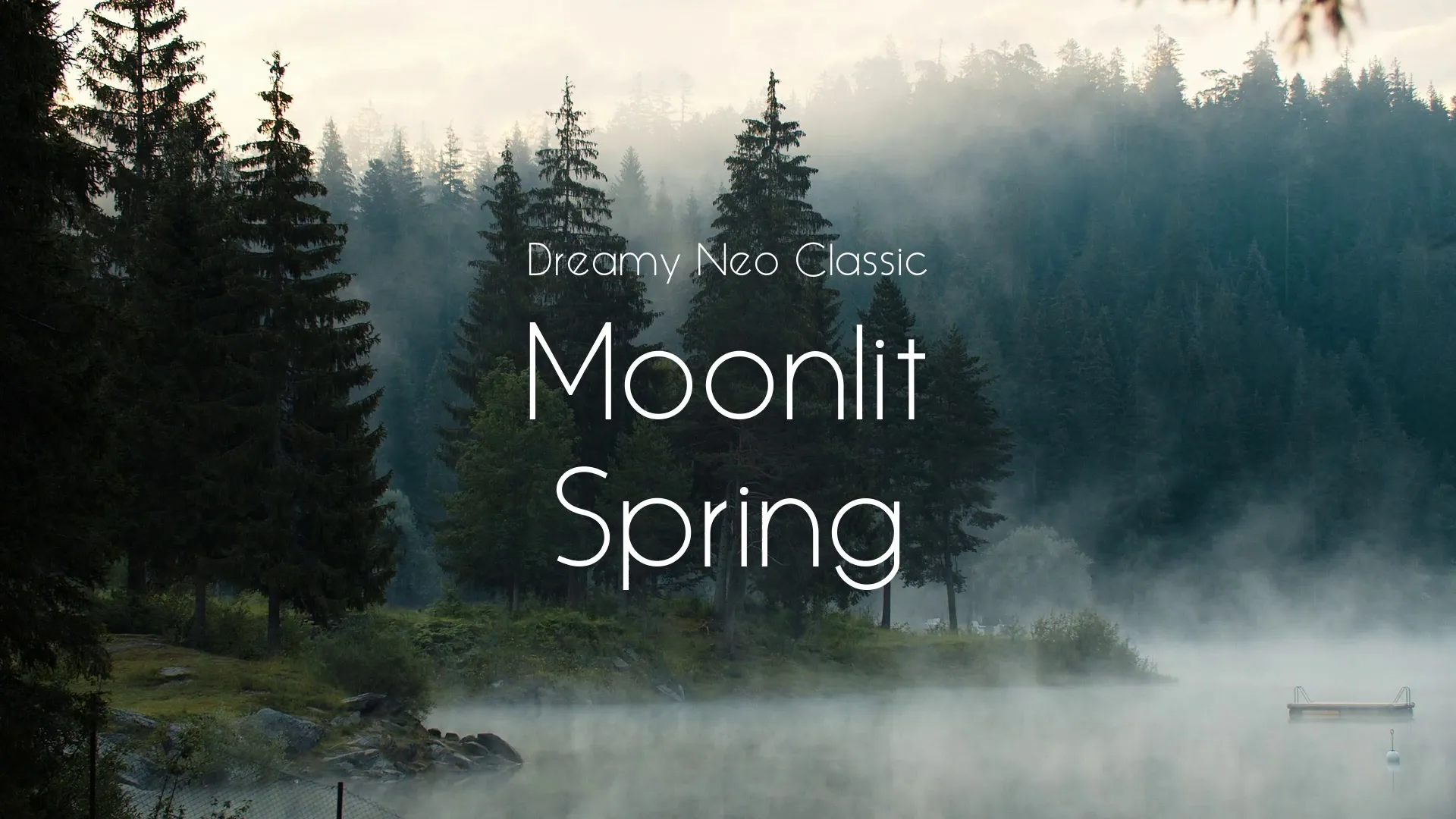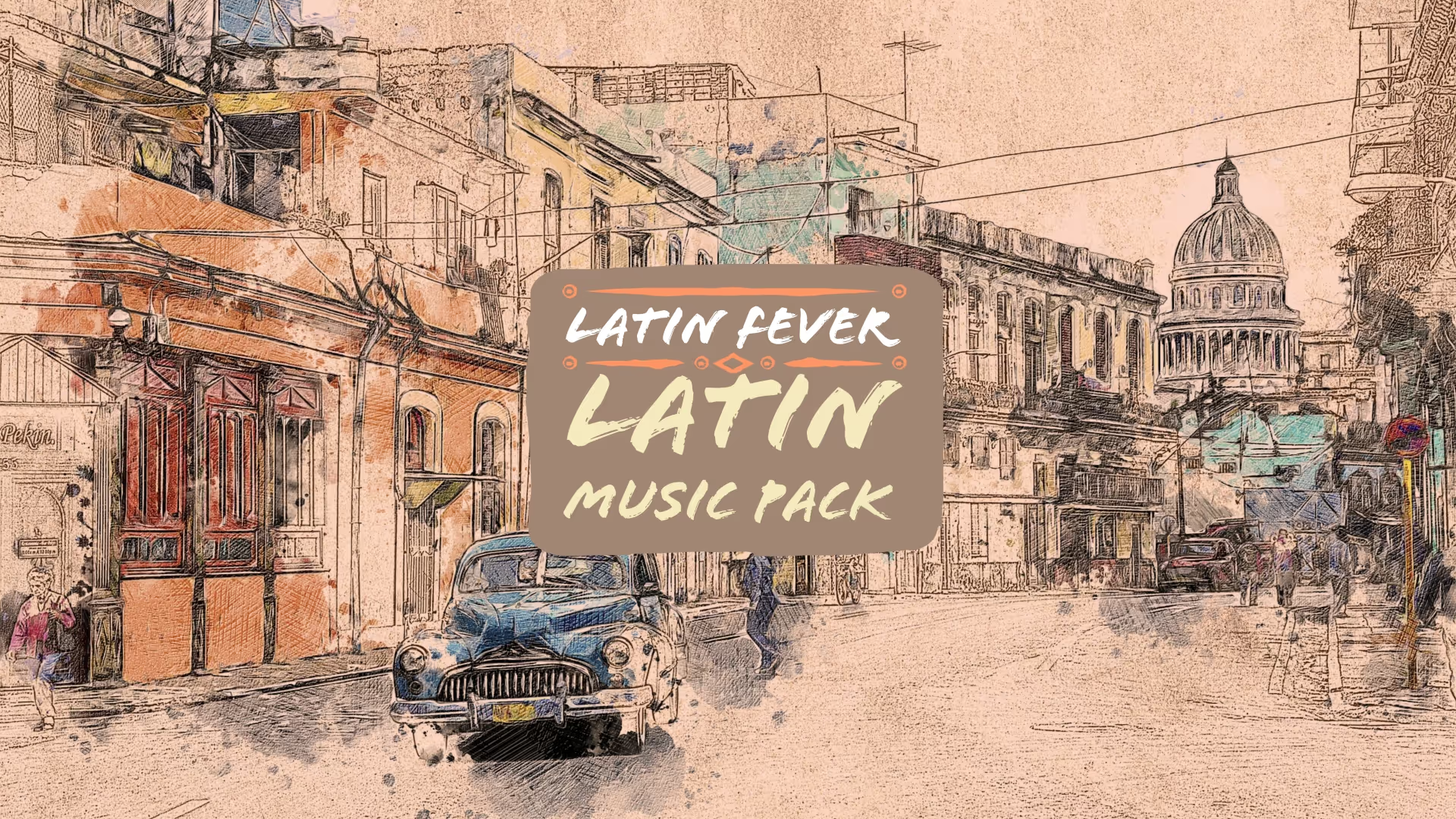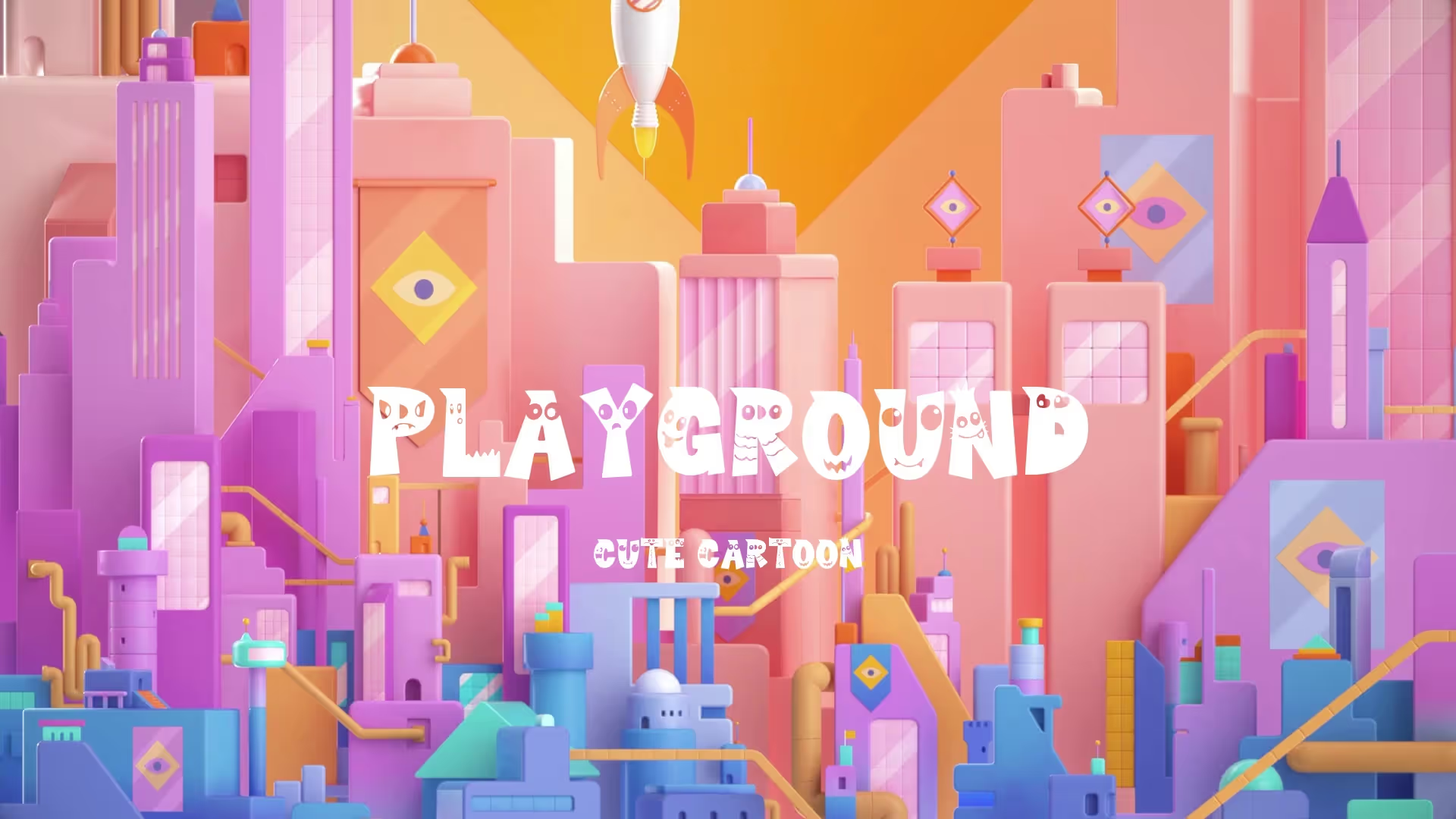How to Fund Your Indie Game: Models, Costs, and ROI Calculation
How to Fund Your Indie Game: Models, Costs, and ROI Calculation
Funding an indie game is a critical challenge that demands a strategic approach. Understanding the financial landscape is essential before development even begins. This guide breaks down common funding models, how to estimate development costs, and how to calculate potential return on investment.
Understanding Indie Game Funding Models
Several avenues exist for how to fund an indie game, each with its own advantages and drawbacks. Choosing the right model depends on your project’s scope, team size, and risk tolerance.
Self-Funding/Bootstrapping
Self-funding involves using personal savings or income from other work to finance your game. This model offers complete creative control and avoids external pressure. However, it limits the project’s scale and places all financial risk directly on the developer.
Crowdfunding
Platforms like Kickstarter and Indiegogo allow you to raise capital directly from your audience. Successful crowdfunding campaigns require significant pre-launch marketing and a compelling pitch. It also serves as valuable market validation and can build a community early on.
Publisher Funding
Securing a publisher can provide substantial capital, marketing support, and industry expertise. Publishers typically take a percentage of revenue and may influence creative decisions. Research publishers whose portfolio aligns with your game’s genre and target audience.
Grants and Competitions
Various organizations and governmental bodies offer grants specifically for game development. These are often non-repayable but highly competitive and require detailed applications. Game development competitions can also offer prize money, exposure, and mentorship opportunities.
Angel Investors and Venture Capital
These investors provide capital in exchange for equity in your company or project. They typically seek projects with high growth potential and a clear path to profitability. This model requires a robust business plan and a strong pitch deck.
Estimating Indie Game Development Costs
Accurately estimating indie game development costs is crucial for securing funding and managing your budget. Break down your project into granular components to get a realistic financial picture.
Personnel Costs
Salaries for programmers, artists, designers, and sound engineers form the largest part of most budgets. Factor in both full-time and freelance rates, as well as potential contractor fees. Even if you are a solo developer, assign a realistic hourly rate for your time to understand the true cost.
Software and Hardware
Licensing fees for game engines, art tools, and development software add up. Consider the cost of development hardware, such as powerful PCs, graphics cards, and specialized peripherals. Subscription services for asset libraries or cloud storage should also be included.
Asset Creation
If not creating all assets yourself, budget for purchasing 2D assets, 3D models, audio, and sound effects. Wayline’s Strafekit offers a wide range of royalty-free assets to help manage these costs efficiently. Consider outsourcing specific asset creation if your team lacks the specialized skills.
Marketing and PR
Promoting your game is not free and requires a dedicated budget. Allocate funds for advertising campaigns, press kits, influencer outreach, and community management. Early marketing efforts are vital for building an audience and generating wishlists.
Tools and Services
Account for costs related to project management tools, version control systems, and testing services. Quality assurance (QA) and localization are often overlooked but essential for a polished release. Consider using a task tracker like Wayline’s Momentum to keep your project organized and on budget.
Create a free account, or log in.
Gain access to free articles, game development tools, and game assets.


